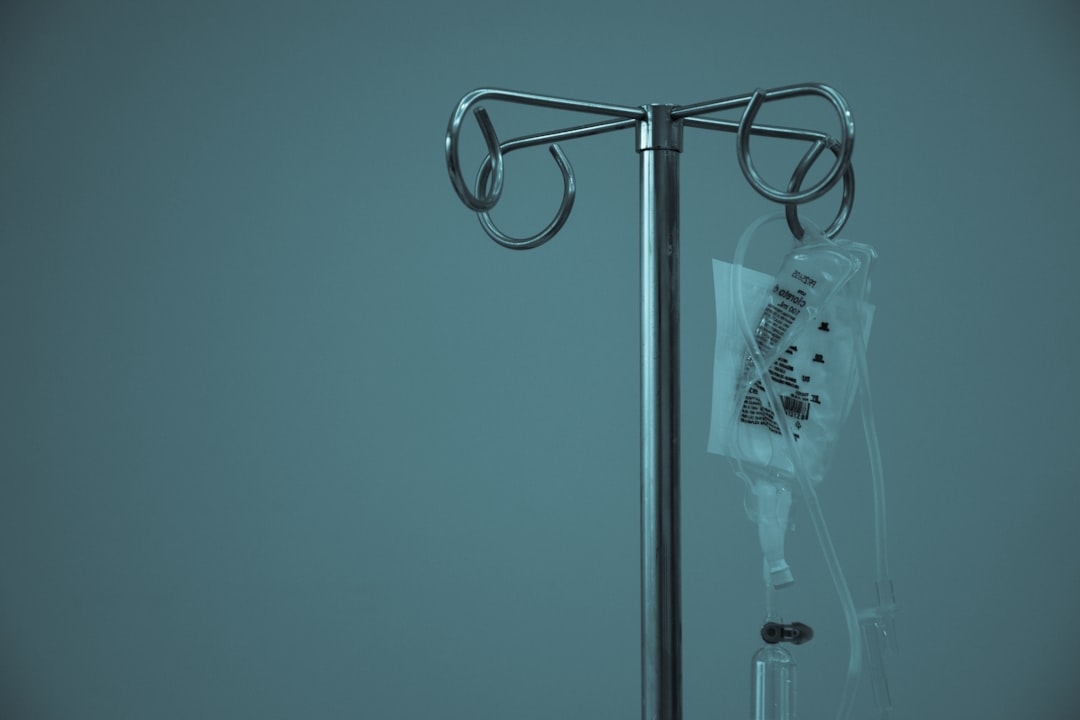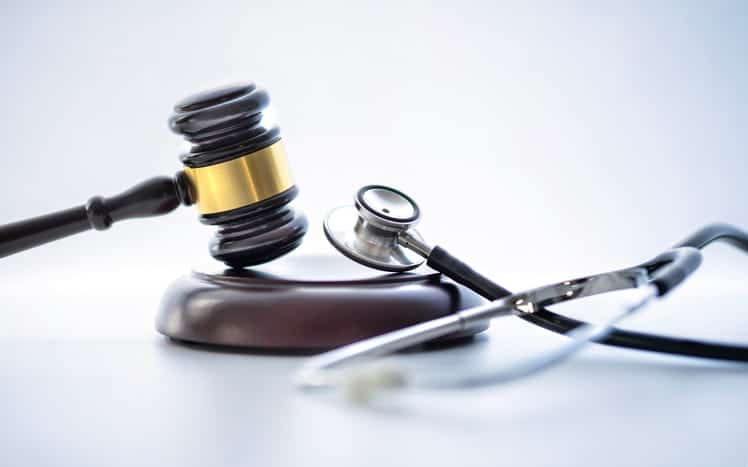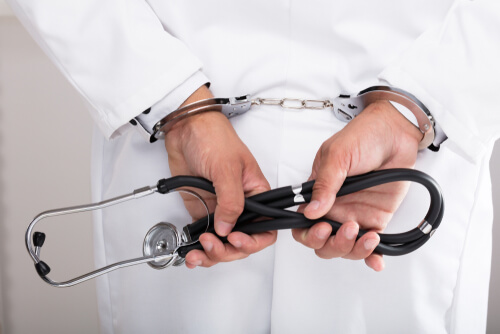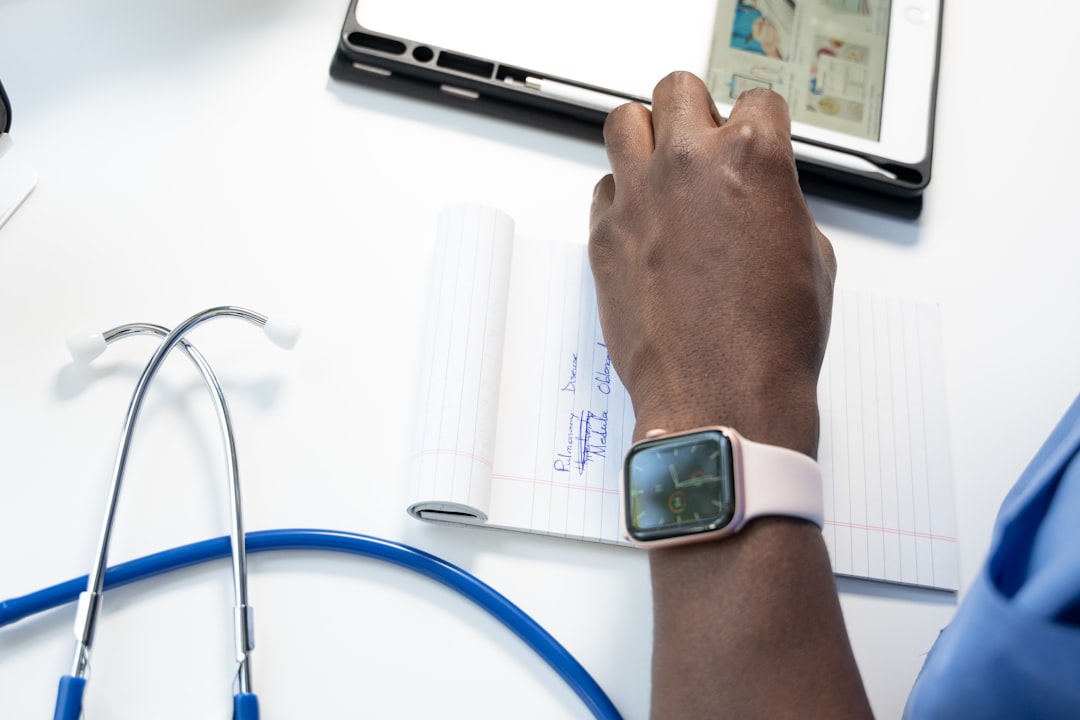Common Causes of Bicycle Accidents
Bicycling is an activity cherished by many for its health benefits, environmental advantages, and the simple joy it brings. However, like any mode of transportation, cycling carries its own set of risks. Understanding the common causes of bicycle accidents can help cyclists take preventive measures to ensure their rides are safe and enjoyable.
One of the leading causes of bicycle accidents is collisions with motor vehicles. These often occur at intersections or when a car overtakes a cyclist on the road. Many drivers fail to notice cyclists due to their smaller size compared to other vehicles. Distracted driving-whether due to texting, talking on the phone, or other in-car distractions-further exacerbates this issue. Cyclists must remain vigilant and make themselves as visible as possible through bright clothing and proper lighting.
Another significant factor contributing to bicycle accidents is poor road conditions. Potholes, loose gravel, and debris can pose serious hazards for cyclists. Unlike cars which have more stability and larger tires designed to handle such obstacles, bicycles are more susceptible to losing control on uneven surfaces. Cyclists should be aware of their surroundings and ride defensively, always scanning ahead for potential dangers.
Weather conditions also play a crucial role in bicycle safety. Rain can make roads slick and reduce visibility for both cyclists and motorists. Strong winds can throw a cyclist off balance or push them into traffic unexpectedly. It's essential for cyclists to check weather forecasts before heading out and consider rescheduling their rides if conditions appear unfavorable.
Human error cannot be overlooked as a common cause of bicycle accidents. This includes both errors by cyclists themselves and those made by others sharing the road. For example, failing to signal turns or not adhering to traffic signals can lead to dangerous situations. On shared paths or trails, many accidents result from pedestrians stepping into the path of an oncoming bike without looking.
Lastly, mechanical failures are another important aspect that contributes to cycling mishaps. Regular maintenance checks are vital; brakes should be tested frequently, tires inspected for adequate pressure and tread wear, and all moving parts lubricated properly to prevent unexpected breakdowns during a ride.
In conclusion, while bicycling offers numerous benefits, it's crucial for cyclists to understand the common causes of accidents so they can take proactive steps towards prevention. Awareness about these factors-ranging from vehicle collisions and road conditions to weather impacts, human error, and mechanical issues-can significantly enhance safety on two wheels. By staying informed and prepared, we can all enjoy the freedom that comes with cycling while minimizing risks along the way.
Types of Injuries in Bicycle Accidents
Bicycling is a popular and enjoyable means of transportation, exercise, and recreation for many people around the world. However, it also comes with its own set of risks, particularly the potential for accidents that can lead to various types of injuries. Understanding these injuries can help cyclists take preventive measures and respond appropriately if an accident occurs.
One of the most common injuries in bicycle accidents is road rash. This occurs when skin scrapes against the pavement during a fall or collision, resulting in painful abrasions. While road rash might seem minor compared to other injuries, it can be quite serious depending on the depth and extent of the skin damage. Proper cleaning and care are essential to prevent infection.
Head injuries are another significant concern. Despite wearing helmets, cyclists can still suffer from concussions or more severe traumatic brain injuries (TBIs) if they hit their head during an accident. Helmets greatly reduce the risk and severity of head injuries but do not eliminate them entirely. The importance of wearing a well-fitted helmet cannot be overstated.
Fractures are also prevalent among cycling-related injuries. The impact from a fall or collision can cause bones to break, with common fracture sites including the collarbone, wrist, arm, and hip. These types of injuries often require medical intervention such as casting or even surgery in severe cases.
Soft tissue injuries like sprains and strains occur frequently as well. These involve damage to muscles, ligaments, or tendons due to sudden impacts or awkward movements during an accident. While not always requiring extensive medical treatment, soft tissue injuries can be painful and may necessitate rest and physical therapy for full recovery.
Internal injuries pose a less visible but potentially more dangerous threat following a bicycle accident. Damage to internal organs such as the liver or spleen might not be immediately apparent but could lead to life-threatening situations if left untreated. Symptoms like abdominal pain or dizziness after an accident should prompt immediate medical evaluation.
Lastly, spinal cord injuries are among the most severe outcomes of bicycle accidents. Damage to the spine can result in partial or complete paralysis depending on which part of the spinal cord is affected. Such injuries require urgent medical attention and often entail long-term rehabilitation efforts.
In conclusion, while bicycling offers numerous health benefits and enjoyment, it also carries risks that every cyclist should be aware of. From road rash to potentially life-altering spinal cord injuries, understanding these risks enables cyclists to take preventive actions such as wearing protective gear and riding safely within traffic laws. By being informed about these injury types and knowing how to respond appropriately when accidents occur, cyclists can better protect themselves and continue enjoying their rides with greater peace of mind.
Statistics and Trends in Bicycle Accident Rates
Bicycling is an activity that offers numerous health benefits, a sustainable mode of transportation, and a means to enjoy the outdoors. However, with its rise in popularity, there has also been an increase in bicycle accidents. Understanding the statistics and trends in bicycle accident rates is crucial for developing effective safety measures and policies.
Over the last decade, bicycle use has surged significantly. This increase can be attributed to various factors such as growing environmental consciousness, urban congestion, and a push towards healthier lifestyles. Alongside this surge, there has been a corresponding rise in bicycle accidents. According to data from the National Highway Traffic Safety Administration (NHTSA), the number of bicyclists killed in traffic crashes in 2019 was 846-a 36% increase from 2010.
One notable trend is the demographic shift among those involved in bicycle accidents. While children and adolescents were once thought to be at higher risk due to their lack of experience and potential for risky behavior, recent data indicates that adults aged 50-59 are now more frequently involved in fatal crashes. This shift could be due to more middle-aged individuals taking up cycling as a form of exercise or commuting.
Urban areas see a higher rate of bicycle accidents compared to rural areas. This pattern is not surprising given the higher volume of both cyclists and motor vehicles sharing limited space on city streets. Cities like New York, San Francisco, and Los Angeles report some of the highest numbers of bicycle accidents annually. However, it's worth noting that these cities also have significant investments in cycling infrastructure which might help mitigate even higher accident rates.
The time of day plays a crucial role in accident occurrences as well. Most fatal bike crashes happen between 6 PM and 9 PM when visibility starts decreasing but traffic remains heavy. Poor lighting conditions can make it more difficult for drivers to see cyclists, increasing the likelihood of collisions.
Alcohol involvement is another critical factor; about one-third of all fatal bicyclist crashes involve either an intoxicated cyclist or driver-or both. These statistics underline the importance of sober riding and driving practices.
Analyzing these trends underscores the need for targeted interventions aimed at reducing bicycle accidents. Infrastructure improvements such as dedicated bike lanes, better lighting on roads used by cyclists during low-visibility hours, and public awareness campaigns emphasizing mutual respect between motorists and bicyclists are essential steps toward safer biking environments.
Educational programs focused on safe riding techniques for older adults could address shifting demographics among accident victims while stricter enforcement against drunk driving can help reduce alcohol-related incidents.
In conclusion, while bicycling remains an excellent mode of transport with many benefits, there is an urgent need to address rising accident rates through informed policy-making backed by robust data analysis. By doing so we can ensure safer roads for everyone-cyclists included-and foster communities where biking is not only enjoyable but also secure.
Prevention Measures and Safety Tips for Cyclists
Cycling is an increasingly popular mode of transportation and a beloved recreational activity for many. However, with the rise in the number of cyclists on the roads, bicycle accidents have also become more common. Ensuring safety while cycling is paramount not only to protect oneself but also to foster a harmonious relationship between cyclists, motorists, and pedestrians. This essay delves into prevention measures and safety tips that can significantly reduce the risk of bicycle accidents.
One of the fundamental prevention measures for cyclists is wearing a helmet. Helmets are designed to absorb the impact in case of a crash and can significantly reduce the risk of head injuries. It is crucial to choose a helmet that fits well and meets safety standards. Beyond head protection, cyclists should consider wearing other protective gear such as knee pads, elbow pads, and gloves, which can help minimize injuries during falls.
Visibility plays a critical role in preventing bicycle accidents. Cyclists should wear bright or reflective clothing, especially when riding at dawn, dusk, or night. Adding lights to both the front and rear of the bicycle increases visibility to motorists. Reflectors on pedals and wheels can further enhance visibility from different angles. Being seen by other road users is half the battle won in staying safe on busy streets.
Adhering to traffic laws is another crucial aspect of cycling safety. Cyclists are required to follow the same rules as motor vehicles; this includes stopping at red lights and stop signs, yielding right-of-way when necessary, and signaling turns using hand signals. Riding predictably helps motorists anticipate cyclists' actions, thus reducing the chances of collisions.
Regular maintenance of bicycles cannot be overlooked when discussing prevention measures. A well-maintained bike functions smoothly and reduces risks associated with mechanical failures. Routine checks should include ensuring tires are properly inflated, brakes are functioning efficiently, chains are lubricated correctly, and all bolts are securely tightened.
Cyclists must also be acutely aware of their surroundings at all times-this means constantly scanning for potential hazards such as potholes, wet leaves, gravel patches, or car doors opening unexpectedly. Making eye contact with drivers at intersections can ensure that they see you before you cross their path.
Another key safety tip involves choosing safer routes whenever possible. Opting for bike lanes or dedicated cycling paths can provide a buffer from vehicular traffic. If such infrastructure isn't available in your area, consider taking quieter side streets rather than busy main roads.
Education plays an essential role in promoting cycling safety too; taking a certified bike safety course can equip cyclists with valuable knowledge about riding techniques and strategies for dealing with various traffic situations safely.
In addition to individual efforts by cyclists themselves, community-level interventions can make a significant difference in enhancing bicycling safety overall. Advocacy for better cycling infrastructure-such as protected bike lanes-and participating in local government planning processes help create safer environments for everyone who shares the road.
To conclude, while cycling offers numerous benefits including physical fitness and environmental sustainability, it comes with its own set of risks that need mindful mitigation through preventive measures and adherence to best practices in road safety etiquette. By combining personal responsibility with community advocacy efforts geared towards creating safer biking conditions we pave way not just lower incidence rates related bicycle-related mishaps but cultivate culture mutual respect understanding diverse modes travel within our shared urban spaces ultimately making roads safer everyone regardless whether they're two-wheeled four-footed variety!
Legal Aspects and Liability in Bicycle Accidents
Bicycle accidents, an unfortunate but common occurrence, bring to light various legal aspects and liabilities that both cyclists and other parties must navigate. Understanding these nuances is crucial for ensuring justice and promoting safer cycling environments.
Firstly, it is essential to grasp the basic legal framework surrounding bicycle accidents. Most jurisdictions treat bicycles as vehicles, meaning cyclists are generally expected to follow the same traffic laws as motorists. This includes obeying traffic signals, yielding right-of-way appropriately, and not riding under the influence of alcohol or drugs. When a cyclist violates these laws and causes an accident, they can be held liable for any damages resulting from their negligence.
However, liability in bicycle accidents often extends beyond just the actions of the cyclist. Motorists have a duty of care towards cyclists; they are required to operate their vehicles in a manner that does not endanger those on bicycles. This includes maintaining a safe distance when passing cyclists, being vigilant at intersections where bicycles might appear unexpectedly, and avoiding aggressive driving behaviors such as honking aggressively or tailgating. If a motorist fails in this duty of care and causes an accident, they can be held legally responsible for any resulting injuries or damages.
In addition to individual responsibilities, municipalities also play a significant role in preventing bicycle accidents through infrastructure design and maintenance. Poorly designed bike lanes, inadequate signage, or poorly maintained roads can contribute significantly to accidents. In cases where infrastructure failure is deemed a contributing factor to an accident, the local government or relevant municipal bodies may be held liable for negligence. Cyclists injured due to such failings may have grounds to pursue legal action against these entities.
Insurance also plays a critical role in managing the aftermath of bicycle accidents. Cyclists often rely on personal health insurance and sometimes specific cycling insurance policies to cover medical expenses following an accident. Conversely, motorists typically have auto insurance that may cover damages if they are found at fault in an incident involving a cyclist. Uninsured or underinsured motorist coverage can also come into play if the at-fault driver lacks sufficient insurance.
Determining liability is rarely straightforward; it often involves detailed investigations by law enforcement agencies and sometimes independent experts who reconstruct accident scenes and analyze evidence such as traffic camera footage or eyewitness testimonies. Legal proceedings may ensue where each party presents their case regarding who was at fault.
Moreover, comparative negligence laws in many jurisdictions allow for multiple parties to share responsibility based on their degree of fault. For instance, if both a motorist's speeding and a cyclist's running of a red light contributed equally to an accident, both parties might share liability proportionately.
In conclusion, navigating the legal aspects and liabilities involved in bicycle accidents requires careful consideration of traffic laws, individual duties of care by all road users (including governments), insurance implications, and thorough investigations into each incident's specifics. By understanding these components better, society can work towards reducing bicycle accidents' frequency and ensuring fair outcomes when they do occur-ultimately fostering safer environments for all who share our roads.
Role of Infrastructure in Reducing Bicycle Accidents
The Role of Infrastructure in Reducing Bicycle Accidents
In recent years, the rise in popularity of cycling as a mode of transportation has brought attention to the crucial issue of bicycle safety. Amidst growing concerns about environmental sustainability and physical health, more people are choosing bicycles over cars for their daily commutes and recreational activities. However, with this increase comes a corresponding rise in bicycle accidents, which underscores the urgent need to examine the role that infrastructure plays in ensuring cyclists' safety.
Firstly, dedicated bike lanes are perhaps the most evident element of infrastructure that can significantly reduce bicycle accidents. These lanes provide cyclists with a designated space on the road, physically separating them from motor vehicles. This separation reduces the likelihood of collisions between cars and bicycles, which are often caused by drivers not seeing or misjudging the speed of cyclists. Research consistently shows that cities with extensive networks of well-maintained bike lanes experience fewer cyclist injuries and fatalities.
Moreover, protected intersections play an equally important role. Standard intersections can be hazardous for cyclists due to turning vehicles and complex traffic flows. Protected intersections incorporate features such as corner refuge islands and separate signal phases for bikes and cars, thereby minimizing points of conflict between different types of road users. These design elements not only prevent accidents but also make cycling a less stressful experience, encouraging more people to adopt it as a regular means of transport.
Another crucial aspect is proper signage and road markings tailored for cyclists. Clear signage indicating bike routes and warnings about potential hazards contribute significantly to accident prevention. Additionally, road markings such as painted bike boxes at intersections allow cyclists to position themselves ahead of motor vehicles when waiting at traffic lights, making them more visible to drivers.
Beyond physical infrastructure, integrating technology into urban planning can further enhance cyclist safety. Smart traffic signals that adjust based on real-time data can help create smoother traffic flow and reduce the chances of accidents involving bicycles. Sensors embedded in roads can detect approaching cyclists and adjust signal timings accordingly. Furthermore, public awareness campaigns facilitated by technological platforms can educate both drivers and cyclists on safe practices.
Infrastructure improvements should also consider connectivity and accessibility to ensure they serve all community members effectively. Comprehensive networks that connect residential areas with workplaces, schools, parks, and commercial centers encourage more people to cycle by providing safe routes throughout their journey. Equitable access ensures that benefits are distributed across different socioeconomic groups rather than concentrated in affluent neighborhoods only.
Lastly, fostering a culture that prioritizes cycling within urban planning initiatives is essential for long-term success in reducing bicycle accidents. Cities like Copenhagen and Amsterdam have demonstrated how sustained investment in cycling infrastructure coupled with policies promoting bike use can transform urban environments into safer spaces for everyone.
In conclusion, while individual vigilance remains crucial for preventing bicycle accidents, robust infrastructure plays an indispensable role in safeguarding cyclists on our roads. From dedicated bike lanes to protected intersections and smart technologies-each element contributes toward creating an environment where cycling is not only viable but also safe for all users. As cities continue to evolve toward greener futures, investing in comprehensive cycling infrastructure will undoubtedly be pivotal in reducing bicycle accidents and promoting sustainable urban mobility.




